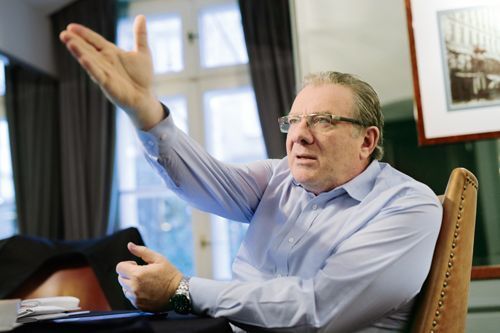Alex Hayes, ‘Eurobuild CEE’: I was going to start off by asking about your property management activities.
Lauric Leclerc, deputy chief executive, BNP Paribas Real Estate: Let’s start with the bigger picture. BNP Paribas Real Estate has property management teams in 14 countries. We manage 40 mln sqm, which mainly comprises office buildings and logistics, but also a big chunk of retail in Central Europe. We employ 850 property managers across Europe and we are considered the number one player in Continental Europe. Our customers are both the biggest and the smallest companies in Europe. It’s good to have both types of clients, because due to the fact that we provide services to big companies, we have devised tailor-made services. For example, international investors and asset managers are always demanding technological innovations and this is also something that you can then offer to the local players who would otherwise not have access to such services.
I w































































